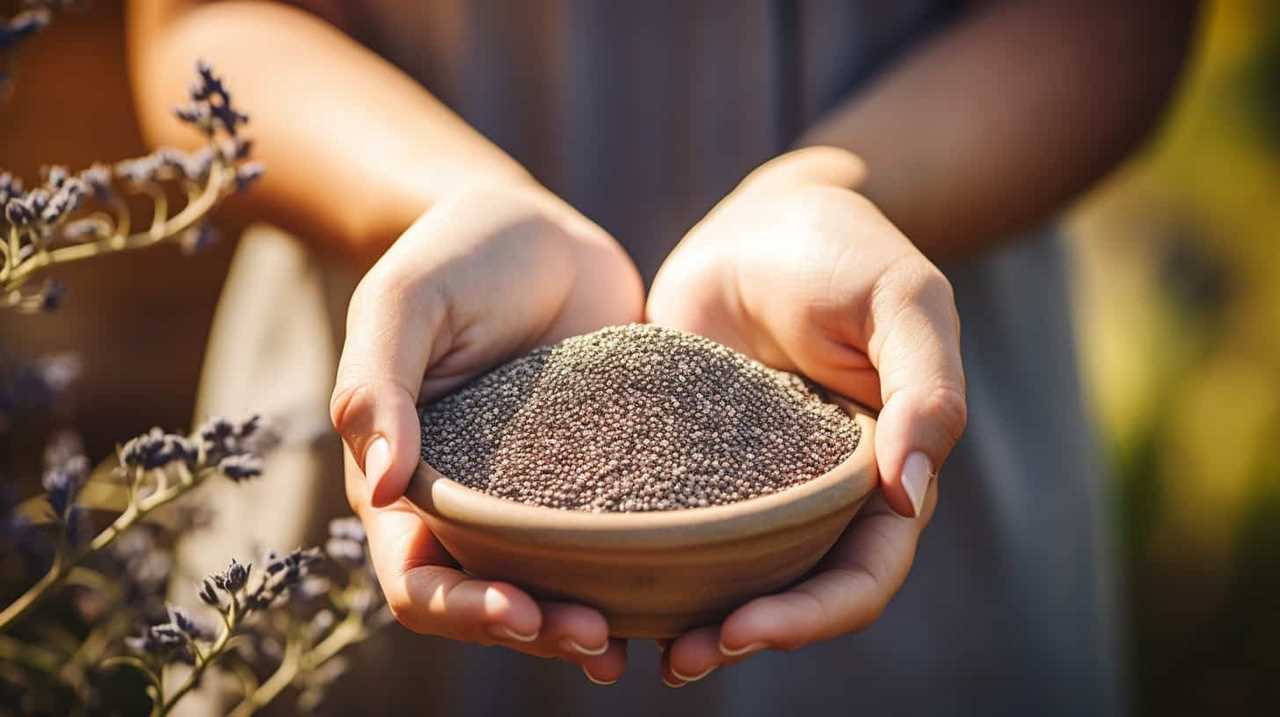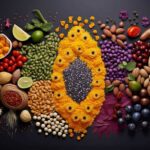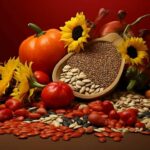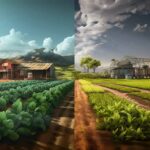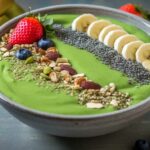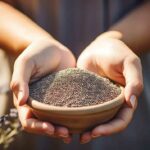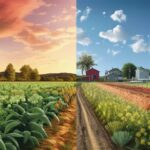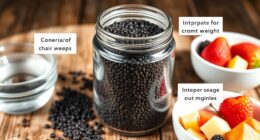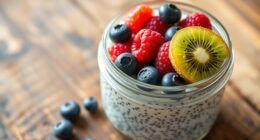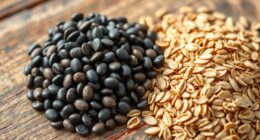Are you eager to unlock the full potential of your chia seed farm? Look no further!
In this article, we’ll explore the key strategies for maximizing yield in commercial chia seed farming. By selecting the right chia seed varieties, preparing the soil meticulously, managing irrigation effectively, and implementing pest control measures, we can ensure bountiful harvests.
Get ready to delve into the world of research-backed techniques that will liberate your chia seed farming endeavors.
Let’s embark on this journey together!
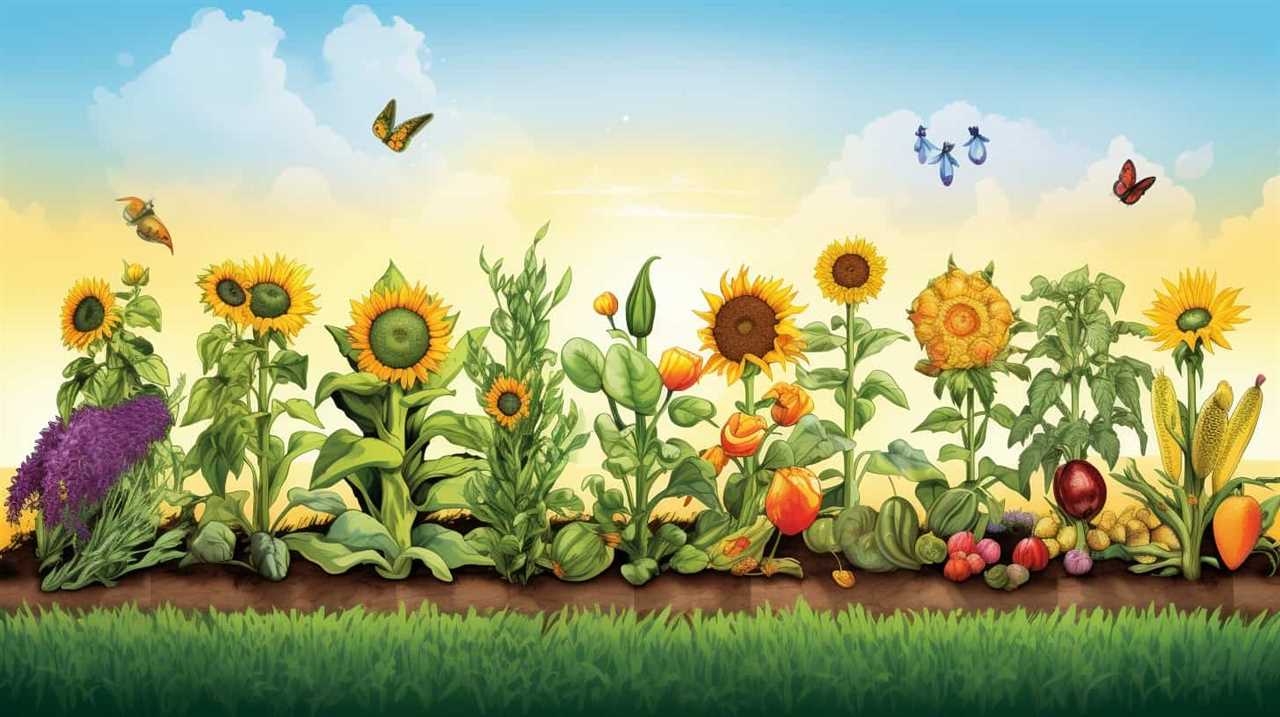
Key Takeaways
- Choosing the right chia seed varieties based on adaptability and quality is crucial for consistent germination rates and optimal plant health.
- Implementing optimal soil preparation techniques such as mulching and crop rotation can help conserve moisture, suppress weeds, improve soil fertility, and prevent nutrient depletion.
- Effective irrigation and water management strategies, including the use of advanced technologies and water conservation methods, can maximize efficiency and reduce wastage in chia crop cultivation.
- Ensuring proper nutrient and fertilizer application through techniques like crop rotation, organic farming methods, and precise soil testing can prevent nutrient depletion, reduce the risk of pests and diseases, and produce chemical-free chia seeds.
Choosing the Right Chia Seed Varieties
When choosing the right chia seed varieties for commercial farming, it’s important that we consider their adaptability to different climates and growing conditions. Seed quality assurance plays a vital role in ensuring the success of chia cultivation. By selecting high-quality seeds, we can guarantee consistent germination rates and optimal plant health.
It’s also crucial to take into account harvesting and post-harvest techniques. Efficient harvesting methods, such as using specialized machinery or manual labor, can help maximize yield and minimize damage to the seeds. Additionally, proper post-harvest handling, including drying and cleaning processes, ensures the preservation of seed quality during storage and transportation.
Implementing Optimal Soil Preparation Techniques
To maximize yield in commercial chia seed farming, we prioritize implementing optimal soil preparation techniques. Proper soil preparation plays a crucial role in creating a favorable environment for chia plants to thrive and produce high-quality seeds. Two key techniques that should be employed are mulching and crop rotation.
Mulching benefits the chia crop in multiple ways. It helps conserve soil moisture, suppresses weed growth, and regulates soil temperature. By maintaining moisture levels and reducing competition from weeds, mulching allows chia plants to access essential nutrients and sunlight more efficiently, leading to improved growth and yield.

Crop rotation is another important technique that aids in soil preparation. By rotating chia with different crops, we can reduce the risk of disease and pest buildup, improve soil fertility, and prevent nutrient depletion. This practice breaks the life cycle of pests and diseases, ensuring a healthier environment for chia cultivation.
Implementing these soil preparation techniques is essential for maximizing yield and promoting sustainable chia seed farming practices.
| Soil Preparation Techniques | Benefits |
|---|---|
| Mulching | – Conserves soil moisture |
- Suppresses weeds
- Regulates soil temperature |
| Crop Rotation | – Reduces disease and pest buildup - Improves soil fertility
- Prevents nutrient depletion |
Effective Irrigation and Water Management Strategies
For effective irrigation and water management strategies in commercial chia seed farming, we prioritize implementing efficient systems to optimize water usage.
Smart irrigation techniques and water conservation methods play a crucial role in achieving this goal. By utilizing advanced technologies such as soil moisture sensors, weather-based irrigation controllers, and drip irrigation systems, we can precisely monitor and deliver the right amount of water to the chia crop, reducing wastage and maximizing efficiency. These smart irrigation techniques ensure that water is applied only when necessary, based on the specific needs of the plants, leading to significant water savings.
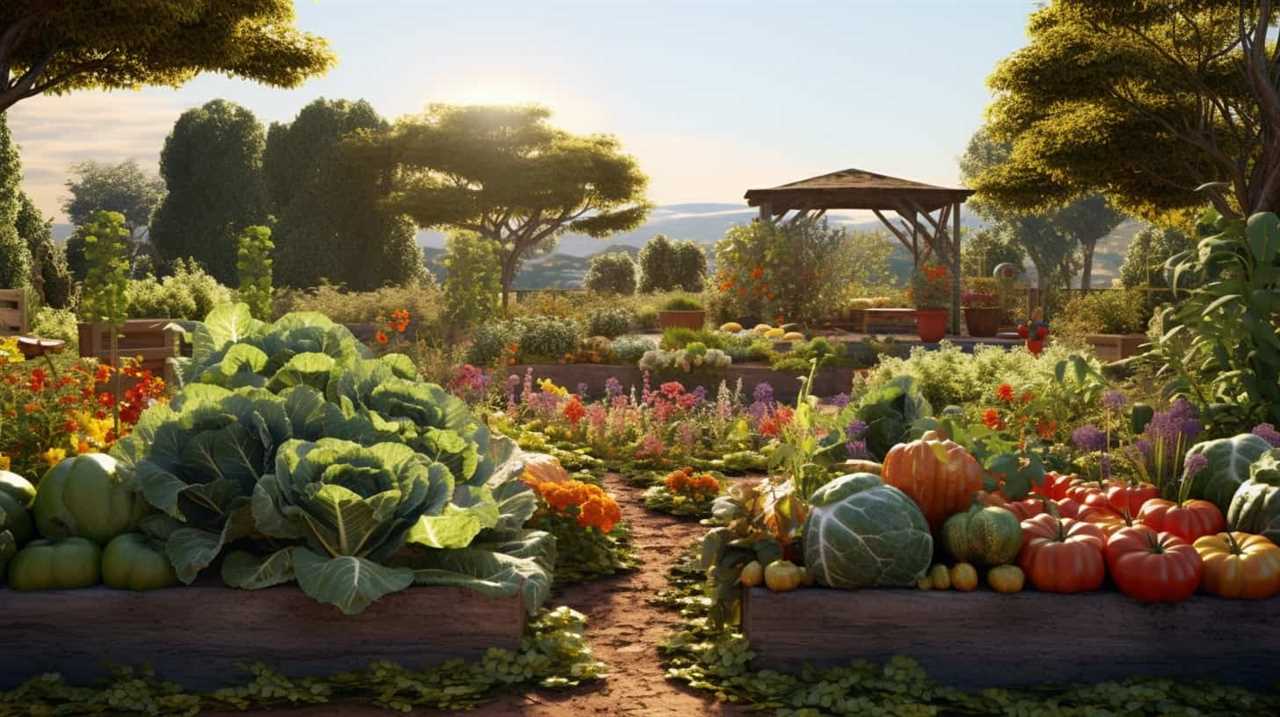
Additionally, employing water conservation methods such as mulching and proper scheduling of irrigation cycles further enhances water efficiency. By implementing these strategies, we can minimize water usage while maintaining optimal growing conditions for the chia plants.
In the next section, we’ll discuss the importance of ensuring proper nutrient and fertilizer application to maximize yield and quality.
Ensuring Proper Nutrient and Fertilizer Application
To ensure optimal yield and quality, we prioritize the proper application of nutrients and fertilizers in commercial chia seed farming. This step is crucial for the overall health and productivity of the crop.
Here are three key factors to consider:
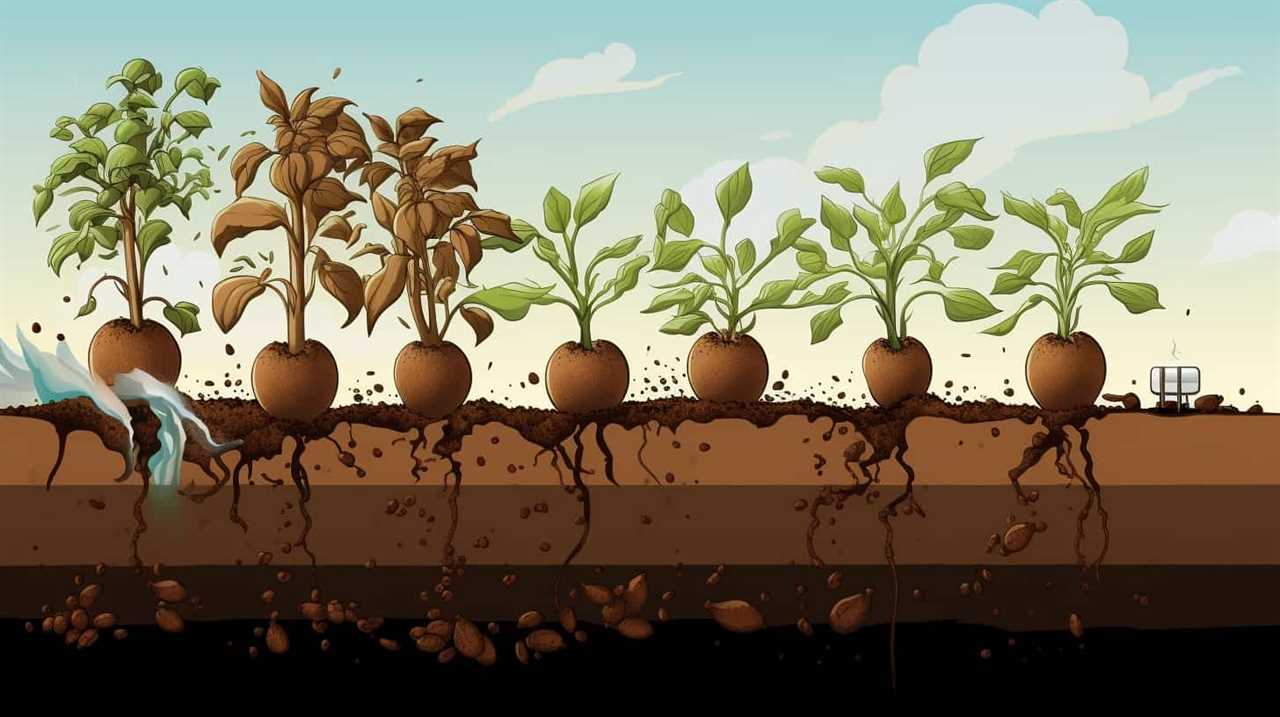
- Importance of crop rotation: Implementing a crop rotation strategy helps prevent nutrient depletion and reduces the risk of pests and diseases. By alternating chia with different crops, we can maintain soil fertility and promote sustainable farming practices.
- Organic vs. conventional farming methods: Organic farming relies on natural sources of nutrients and avoids the use of synthetic fertilizers. While this approach may take longer to build up soil fertility, it helps preserve the environment and ensures the production of chemical-free chia seeds.
- Precision nutrient application: By conducting soil tests, we can determine the specific nutrient requirements of the chia plants. This allows us to apply fertilizers in precise quantities and at the right time, minimizing wastage and maximizing nutrient uptake.
Implementing Pest and Disease Control Measures
We prioritize implementing pest and disease control measures to ensure the overall health and productivity of our chia crop. Integrated pest management techniques play a vital role in our farming practices, allowing us to minimize the use of harmful chemical pesticides and promote a more sustainable approach. Early detection and prevention of diseases is crucial to safeguard our chia plants from potential devastation. By closely monitoring our crop and implementing proactive measures, such as regular scouting and the use of disease-resistant varieties, we aim to minimize the impact of pests and diseases on our yield. Additionally, we employ cultural control methods, such as crop rotation and proper sanitation, to create an unfavorable environment for pests and diseases. Our commitment to implementing effective pest and disease control measures ensures the long-term success of our chia farming operation.
| Pest and Disease Control Measures | Description | Benefits |
|---|---|---|
| Integrated pest management (IPM) | Holistic approach combining various methods | Reduced reliance on chemical pesticides, lower environmental impact |
| Early detection and prevention | Regular monitoring and proactive measures | Timely intervention, minimized crop damage, increased yield |
| Cultural control methods | Crop rotation, sanitation, resistant varieties | Natural pest and disease management, improved plant health, higher productivity |
Conclusion
In conclusion, commercial chia seed farming can achieve maximum yield by selecting the appropriate chia seed varieties, preparing the soil effectively, managing irrigation and water efficiently, applying proper nutrients and fertilizers, and implementing pest and disease control measures.
Though some may argue that these methods require additional investment and effort, the long-term benefits in terms of productivity and profitability make them worthwhile.
With careful planning and implementation, farmers can ensure success in their chia seed farming endeavors.
